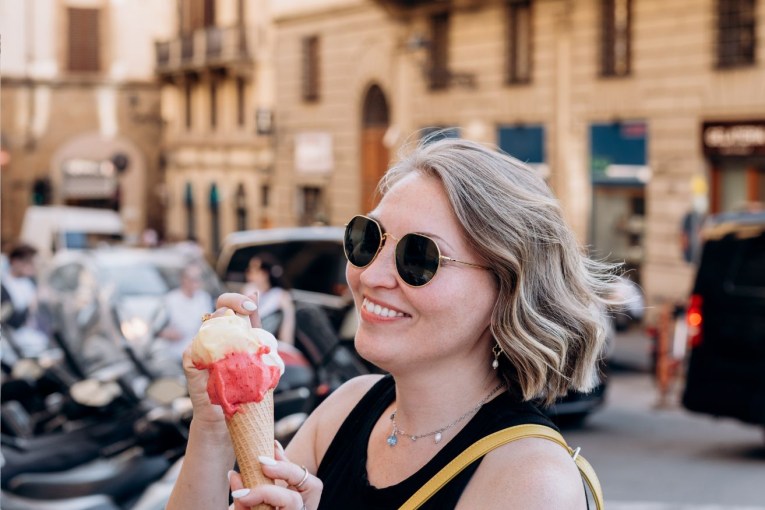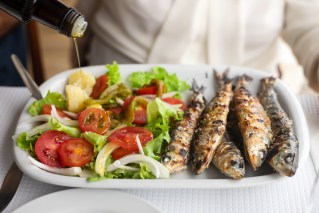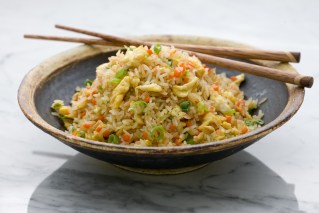How to choose and drink champagne: An expert guide
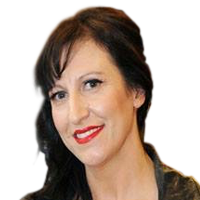
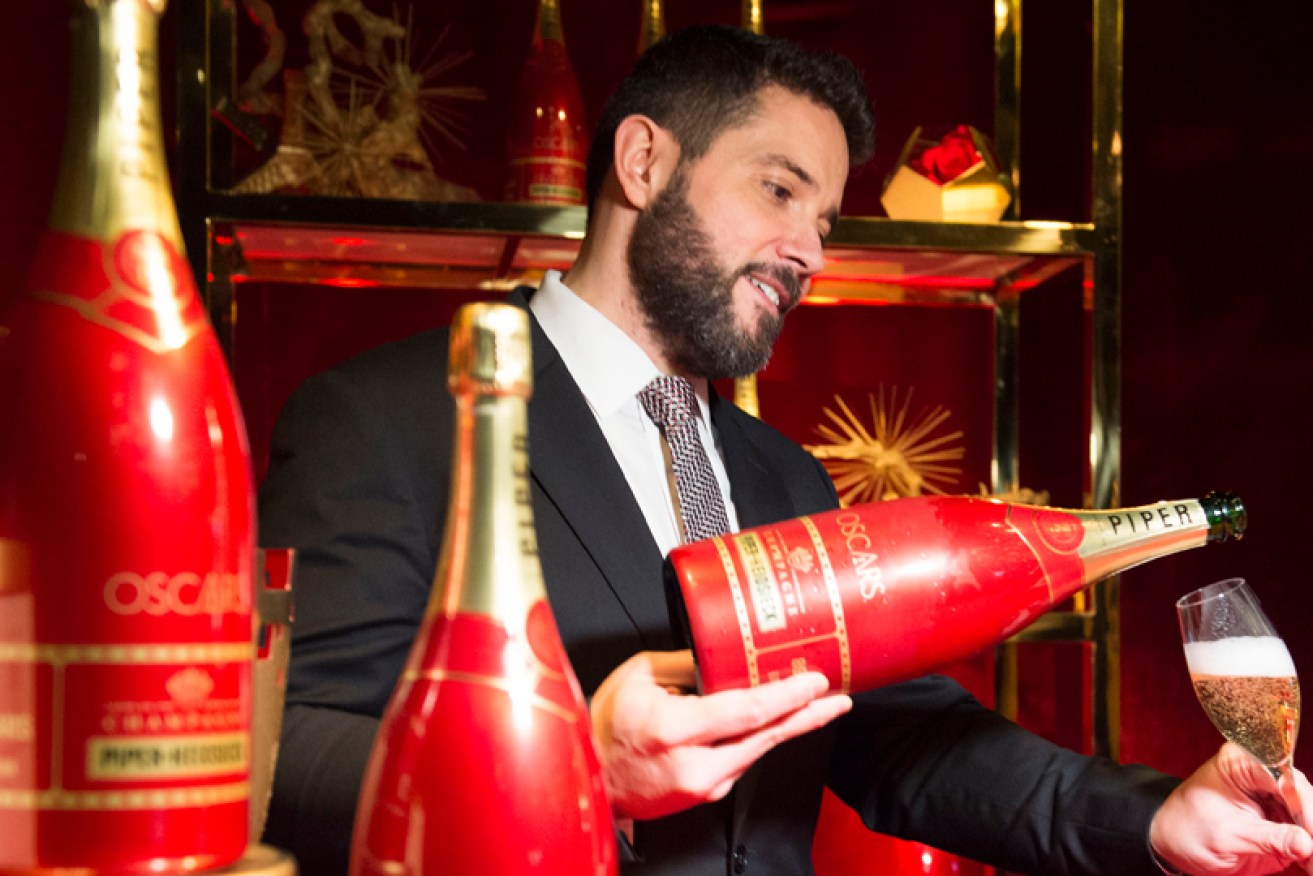
Piper-Heidsieck global executive director Benoit Collard at the 2017 Academy Awards Governor's Ball. Photo: Getty
Benoît Collard knows his champagne.
The global executive director of prestige brand Piper-Heidsieck had his first taste as an eight-year-old – très European – while celebrating his Holy Communion and has seen the drink as a religion ever since.
In Melbourne this month to celebrate the brand being named a sponsor of the 2019 Australian Open, Mr Collard was keen to educate champagne enthusiasts.
The luxe house started in 1785 and, before its bid to woo the sporting set, already boasted a global partnership with the Oscars and Cannes Film Festival, where limited-edition magnums are the hot favourite at after-parties.
“The Australian market is predominantly a brut, non-vintage lover, while prestige and vintage champagnes are stronger in Europe or Japan,” he says of our preferred way to shop.
When it comes to pouring a champagne correctly, flutes are the preferred glass of choice, but it’s not uncommon to see a vintage bottle served in a white wine glass to allow the aroma to swirl and come alive.
When serving your champagne, advised Mr Collard, never let the bottle touch the lip of the glass you are pouring into.
When it comes to the actual pouring, he’s firm on one thing: champagne should always be poured upright, never on a slant.
Keep it in a bucket of ice for no longer than 30 minutes, serve it between 8 and 10 degrees Celsius, and don’t even think about freezing it.
Whether you’re drinking it with friends or taking a bottle to a business lunch, he advised always choosing a non-vintage to keep yourself open to choices later on.
“Go for a champagne style that can live on its own or pair easily with food,” Mr Collard said.
“A brut cuvée or a rosé make a perfect companion and leave you open to explore an unexpected lunch, dinner or tapas-style situation.”
For those a little more adventurous, there’s a rosé sauvage – darker and fruitier in taste and texture which works well in cocktails you can make at home.
“When we invite guests to our winery for a summer barbecue, we pair the Rosé Sauvage with a beef rib-eye steak for lunch,” Mr Collard said.
And while you might think bubbles are best with seafood, the champagne chief is willing to challenge that notion – although his ultimate jet-lag recovery is Sydney rock oysters with a glass of champagne.

Oysters and champagne – almost worth getting a hangover for. Photo: Getty
“This might sound unique, but the drink’s audacious character and willingness to bend the rules fits nicely with this drop,” he says.
Mr Collard has a connection with Melbourne that goes beyond his employer’s new sponsorship.
He spent a few years in the mid-1990s studying for his MBA at Melbourne University and says the multicultural city has always stuck in his mind.
